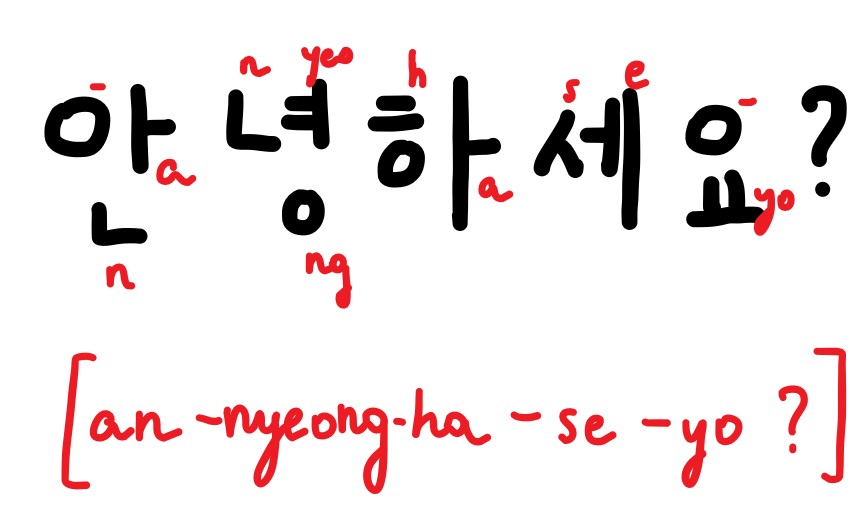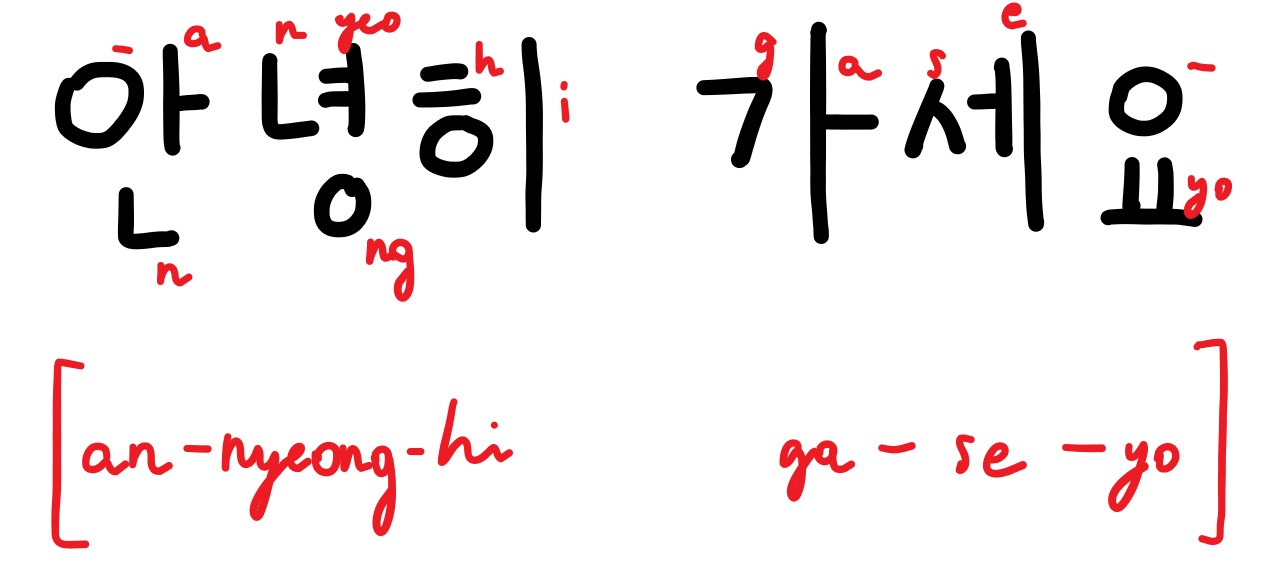Basic Phrases in the Korean language
Today we shall discuss four most commonly used phrases in the Korean language. This article is the first part of a series called ‘Culture walk’, where we bring cultures of the partnering institutions of NCC closer to our readers. Therefore, we will try to present selected aspects of Polish and Korean cultures to enhance mutual understanding of the cultural differences and help you learn main phrases of each language, as well as the pronunciation of the letters. We hope that by doing so, it will be easier for you to visit one of the two countries and effectively communicate with its citizens.
1. Good day: Annyeonghaseyo?*

– it actually means 'Are you in peace and health, respectfully?', which is why there might be a question mark written down at the end of the phrase. However, due to the common usage of this phrase, Koreans stopped using it as a way of asking, and started to use it as a simple greeting instead. Currently, it is used as a way of saying hello (be it day or night), which means you can reply in the same way:
안녕하세요? – 안녕하세요?
Annyeonghaseyo? – Annyeonghaseyo?
Good day. – Good day.
*Note: 'h' in this phrase is mostly silent, and the proper pronounciation of the 'ng' is same as in the '-ing' forms - so the real pronounciation is somewhat closer to [ahn-neon-ass-eh-yo].
2. Goodbye: Annyeonghi gyeseyo / Annyeonghi gaseyo
Annyeonghi gyeseyo

– which means 'Stay in peace and health';
Annyeonghi gaseyo

– which means 'Goin peace and health'.
In Korean, there are two versions of 'Goodbye', depending on whether you're leaving the place you've been in or staying there (and someone else is leaving). We use Annyeonghi gyeseyo to the person who's staying, and Annyeonghi gaseyo to the person who's leaving. If both people are leaving the place, they can both use Annyeonghi gaseyo.
안녕히 계세요. – 안녕히 가세요.
Annyeonghi gyeseyo. – Annyeonghi gaseyo.
Stay well. – Go well.
안녕히 가세요. – 안녕히 계세요.
Annyeonghi gaseyo. – Annyeonghi gyeseyo.
Go well. – Stay well.
안녕히 가세요. – 안녕히 가세요.
Annyeonghi gaseyo. – Annyeonghi gaseyo.
Go well. – Go well.
3. Thank you: Kamsamnida

– the most commonly used 'thank you' in Korean. You might notice that in other English sources on this phrase, it starts with 'g' (Gamsahapnida, Gamsahamnida) However, 'k' is in this case more true to the original pronounciation, as is leaving the silent 'h'. I recommend pronouncing it as [cam-sam-nee-dah]. 'P' pronounced as [m] before 'n' is another pronounciation rule which we plan to discuss in a separate post related to hangeul, the Korean alphabet.
감사합니다.
Kamsamnida.
Thank you.
4. I'm sorry: Chesongamnida

– one of the most commonly used versions of 'I'm sorry'. The proper pronounciation is somewhat close to [chew-eh-song-ahm-nee-dah] (chew-eh said quickly in one syllable).
죄송합니다.
Chesongamnida.
I'm sorry.
It's worth noting that although these are the most commonly used phrases, there are other versions of them, or even different words, that might be used in similar context, depending on the honorifics or the situation, same as how we might use 'Thanks' or 'Thank you very much' instead of just 'Thank you'.
| Published on: | Aug 14, 2025, 10 a.m. |
| Updated: | Oct 22, 2025, 3:43 p.m. |
Last update on Oct. 22, 2025, 3:43 p.m.


Follow us